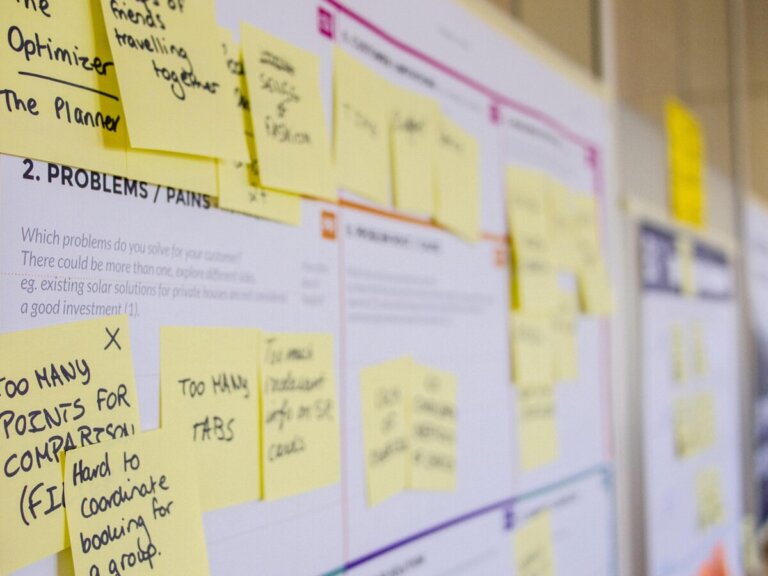
Author: Carina Czisch
· 2 mins read · 1,583 views
What is a Product Backlog?
Creating and maintaining a Product Backlog is a primary task for every Scrum team. It is the base of a successful development process for a specific product. A well-structured backlog brings not only value to your product itself. In fact it also improves your team productivity.
Definition
A product backlog can easily be described as a to-do list or a buffer for a project. It contains a list of all the tasks and items that are needed to develop a product. Just think of all the steps and requirements that needs to be delivered to set up a website. Therefore it is is a very dynamic space and always unfinished. It is constantly reviewed, refined, and reordered. Furthermore, you can also add or remove items through the development process. The product owner is responsible for the management of the product backlog.
What are Product Backlog Items?
A product backlog item (or PBI) is a single element in the product backlog. Generally it is an increment of work that you can usually complete during a single sprint. The product owner can put the most urgent PBIs at the top of the list.
PBIs can include:
- User stories
- Epics
- Use cases
- Bugs
- Change requirements
Why is it Important?
When you specifically collect all product-related tasks in a list, this will help you to:
- Break down your project into smaller pieces of work
- Identify the priority of your tasks
- Strategically plan the development of your roadmap
- Keep the stakeholder updated
- Store ideas and thoughts of the team
- Get a better understanding of the work needs to be done
- Improve your organization, productivity and collaboration in the team
- Deliver a valuable product

5 Steps to Create a Product Backlog
1. Foundation
- Be aware of the requirements of your product. Your roadmap will be the base for an understandable backlog.
2. Description
- Add ideas and items to your to-do list related to the roadmap by using user stories and epics.
3. Prioritization
- You need to prioritize items from the highest priority (top of the list) to low priority.
4. Management
- Make sure to refine and review your backlog regularly to check priorities and updates. This is usually happening during Refinement and Review meetings.
5. Development
- To develop items during a particular time-bounded Sprint, you can move them to the Sprint Backlog. Usually you select them during your Sprint Planning meetings.
Final Thoughts
Every Scrum team should invest time in maintaining their backlog. The goal should be to keep it well-organized by regularly checking the requirements for the project. In this way, moreover, your team will improve their agile abilities when constantly evaluating items according to the project’s goal.
Looking for Expert IT Solutions?
Subscribe to Our Newsletter for Exclusive Tips and Updates!
Stay ahead of tech challenges with expert insights delivered straight to your inbox. From solving network issues to enhancing cybersecurity and streamlining software integration, our newsletter offers practical advice and the latest IT trends. Sign up today and let us help you make technology work seamlessly for your business!



Share